Sony is running its plants non-stop in order to produce this one key smartphone component
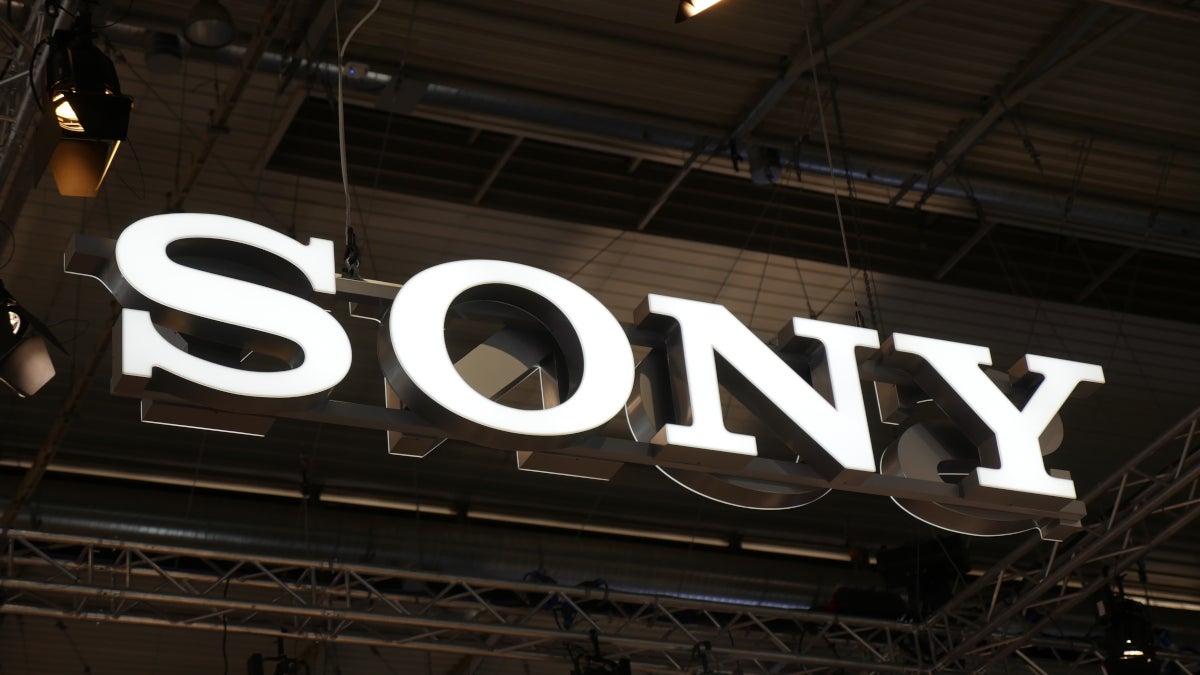
Those poor factory workers at Sony are not getting a break this holiday season. According to Bloomberg, the company will run the factories that produce its image sensors around the clock during the holiday season for the second consecutive year as it tries to keep up with demand for the component. Sony has yet to balance supply with demand even as it keeps the factories humming 24/7. A new factory is being constructed in Nagasaki, but that won't start churning out chips until April 2021. And the company is doubling its capital spending on this segment of its business to the equivalent of $2.6 billion this year.
What is happening is a simple matter of mathematics. Even with a global smartphone market struggling to show any growth, the number of cameras on the back of handsets continues to grow. Flagships often employ three, four or even five sensors ratcheting up demand for Sony's chips. Bloomberg Intelligence analyst Masahiro Wakasugi says, "The camera has become the biggest differentiator for smartphone brands and everyone wants their social media pictures and videos to look nice. Sony is riding that wave of demand very well."
Sony owns 51% of the image sensor market by revenue
The head of Sony's semiconductor division, Terushi Shimizu, worries that even after the new factory opens, the additional capacity might not be enough to meet such heavy demand. "Judging by the way things are going, even after all that investment in expanding capacity, it might still not be enough," Shimizu said. "We are having to apologize to customers because we just can’t make enough."
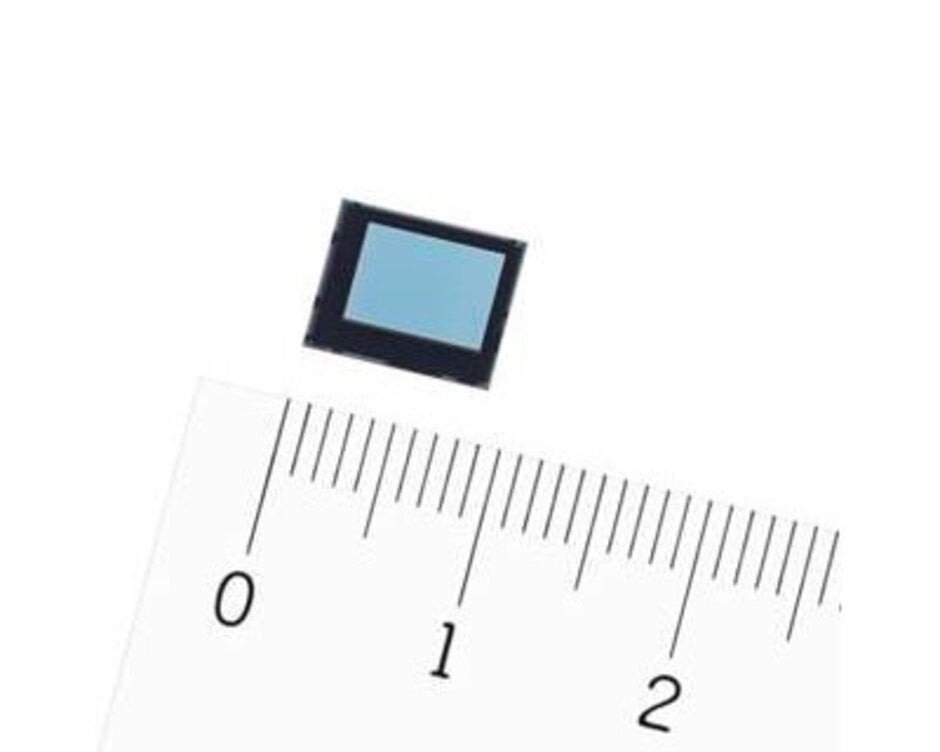
A Sony Time of Flight image sensor from last year
Earlier this year, Sony said that it owned 51% of the market for image sensors based on revenue. By 2025, it hopes to collect 60% of the revenue for these chips; this year alone it has been able to raise its market share by a few percentage points. And Sony expects to see demand for Time of Flight (ToF) sensors increase sharply next year, especially with Apple expected to add a ToF sensor to the 2020 iPhone models. These sensors measure how long it takes for an infrared beam to bounce off of a subject and return to the sensor. This produces more accurate depth information that can be used for AR functions and can also help deliver more natural bokeh blurs on portraits.
Shimiu expects manufacturers to find new ways to use ToF sensors. "This was the year zero for time of flight," he said. "Once you start seeing interesting applications of this technology, it will motivate people to buy new phones." More demand for new phones means more units are sold which in turn means more demand for Sony's sensors. So if you look at it this way, the company is a victim of its own success.
But talking about success in the smartphone industry with Sony does not include its handsets; Sony has not been able to enjoy the same level of achievement with its handsets. Still, the manufacturer continues trying and is expected to introduce a new flagship phone this coming February during the MWC trade show in Barcelona. A benchmark test of a device with the ID number PM-1310 might have given away some of the details of this phone. It will be powered by the Snapdragon 865 Mobile Platform and be equipped with 12GB of memory, twice the amount found on Sony's last flagship handset. The new device is expected to be called the Xperia 3 further confusing those who like manufacturers to release their phones in numerical order. The Xperia 1 was released this past May while the Xperia 5 launched just a couple of months ago.
Follow us on Google News



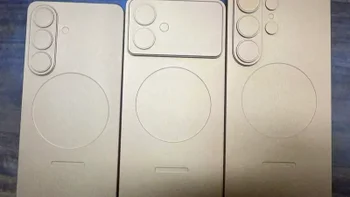
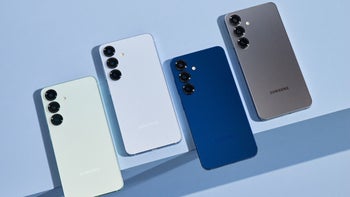


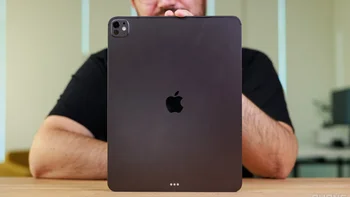

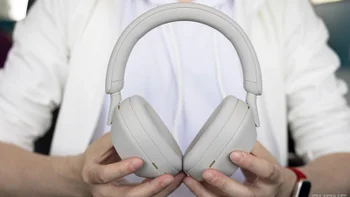

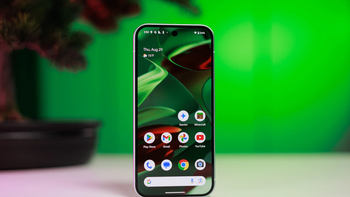
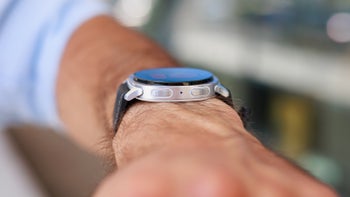
Things that are NOT allowed:
To help keep our community safe and free from spam, we apply temporary limits to newly created accounts: